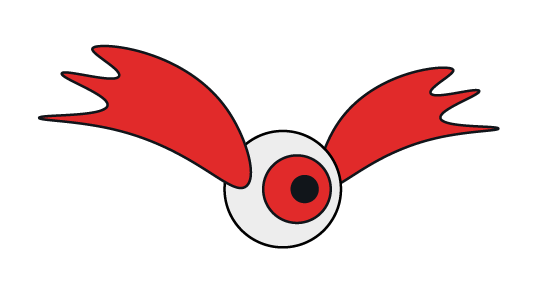Von Klickmap zur Clickmap
Eine Clickmap hilft dabei, das Verhalten der Empfänger besser zu verstehen und Kampagnen gezielt zu optimieren. Sie zeigt visuell, welche Links oder Bereiche innerhalb einer E-Mail am häufigsten geklickt wurden. Sie ist ein sehr visuelles Tool mit dem E-Mail-Marketer Ihre Erfolge messen können und somit ist es esenziel, dass das Tool intuitiv zu bedienen ist verschiedene KPIs klar darstellt.
Das Problem:
Die releaste Version unserer Clickmap wurde nicht wie erwartet genutzt und Kunden sahen sie nicht als Grund, von unserem alten Client in das neue System zu wechseln.
Nächsten Schritte:
Konkurrenzanalyse > eigene Analyse > Nutzerinterviews
Findings:
Da ich die Interviews durchführte und den Nutzer einige Tasks mit der Clickmap erledigen lies war das größte Finding sofort ersichtlich:
Die User ignorierten die Liste links, die 50% der Arbeitsfläche einnimmt und scrollten arbeiteten nur mit dem Mailing rechts um Informationen über die Links zu erhalten.
Farbgebung für fast alle User unklar, warum rot positiv war, sorge für Verwirrung und auch die vielen Abstufungen wurden als verwirrend gesehen.
Informationen zu den Links in der Liste fanden keinen Anklang, sogar die Länge der Links wurde angesprochen.
Keine Ahnung ob sich die angezeigten Daten auf Mobile oder Desktop beziehen
Auch wichtige KPIS zum Mailing wie diverse Öffnungsraten waren nur schwer, bzw gar nicht zu finden
New Look & Feel
After:
We did not advertise this, to also see if the user notice that we replaced the Practice Mode with the option to change the game mode.
When the user decided for a game mode, they were informed that the mode is currently worked at and we will inform them asap when it is available.
Results
So we were able to measure exactly how many people would try a new gamemode by the number of clicks. We then sorted this by how many gameplays the users had in total.
The following findings were very interesting:
Placement and visibility of the new gamemodes is definitely in need of improvement.
Survival Mode was by far the worst performer across all user groups.
New users were most interested in Learning Mode
The more gameplays the users had, the greater the interest in competing with others (Challenger Mode).
The interest in Learning Mode decreases with the number of gameplays, but is still high even among users with 200 gameplays.
From these findings we could deduce a lot, for example that there is also interest for engaged users to practice the exercises without time pressure and points. This led to the consideration of whether the exercises are possibly not sufficiently explained in the first place.
There is also the possibility to activate the Challenger Gamemode only for users who have a high number of gameplays per month. This way, users with fewer gameplays are motivated to play more and thus build up more engagement with the website.
What I've learned
I learned how important it is to verify information before investing resources. With our approach, we were able to run the experiment entirely by ourselves without developing a new game mode, saving important resources from other departments. Also it is very interesting to see how the interest in different gamemodes changed with the engagement of the users
Challenges and Lessons
The biggest challenge was to measure user interest in a product without having that product. The Fakedoor experiment was a huge success, we were able to count the exact clicks of our users and thus prove the interest in different user groups. So we could move on to develop the Challenger Mode.
I would greatly appreciate your feedback, so please feel free to reach out to me at lucius.nagel87@gmail.com or through the contact form or LinkedIn.
Thank you for your time, and I hope you enjoyed reading about this project.
My Role:
UX, UI, Research, User testing
Date:
11.2024-06.2025
Team:
Me
Deliverables:
Prototype, User Research Insights, Dev Handover
